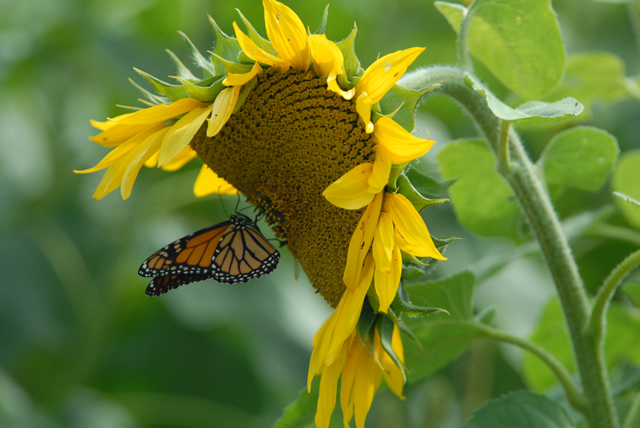| Please Report Your Sightings! |
- News: A Look at Temperature and Migration
- Monarch Population: Why the Decline?
- Tracking the Migration: Maps and Journal
 The Elusive Monarch
The Elusive MonarchElizabeth Neger
| It was unseasonably warm during the past week, and
people noticed ways heat can affect monarchs and migration:
Shorter Flowering Season
Faster Development
Less Roosting?
|
|
|||||||||||
| Monarch Population: Why the Decline? | ||||||||||||
| Monarch numbers are down and people are wondering why. Examine the factors that caused the decline during the past year, and the downward trend over the past decade. Explore how you can help. |  |
|||||||||||
 |
 |
 |
| What to Report |
Maps |
Journal |






